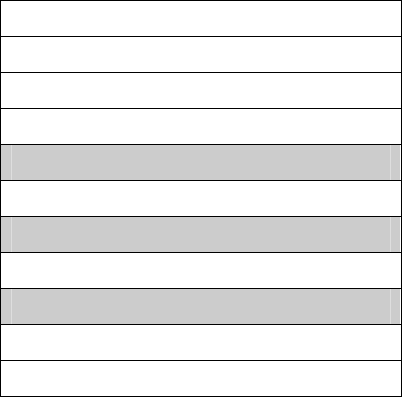
16
80h Diagnostic Port
78 - 79h Reserved
70 - 77h On-board Real-Time Clock
60 - 6Fh Keyboard and System Ports
50 - 5Fh
Reserved
40 - 4Fh On-board Timer/Counters
30 - 3Fh
Reserved
2E - 2Fh Super I/O Configuration
22 - 2Dh
Reserved
20 - 21h On-board master Interrupt Controller
0 - 1Fh On-board Master DMA Controller
2.5 Connectors
The cPB-4612 includes several connectors to interface to application-specific devices. Refer to the
"Connectors" topic in Appendix B for complete connector descriptions and pin outs.
2.6 Jumper Options
The cPB-4612 provides several jumper configuration options for features that cannot be provided through
the BIOS Setup Utility. Location figures and descriptions are provided in Chapter 3, "Configuration."
2.7 BIOS Configuration Overview
This topic presents an introduction to the cPB-4612’s BIOS.
The BIOS has many separately configurable features. These features are selected by running the built-in
Setup utility. System configuration settings are saved in a portion of battery-backed RAM in the real-time
clock device and are used by the BIOS to initialize the system at boot-up or reset. The configuration is
protected by a checksum word for system integrity.
To access the Setup utility, press F2 during the system RAM check at boot-up. When Setup runs, an
interactive configuration screen displays. Refer to the following "Setup Screen" illustration for an example.
Setup parameters are divided into different categories. The available categories are listed in a menu
down the left side of the setup screen. The parameters within the highlighted (current) category are listed
in the main (right) portion of the Setup screen. Context sensitive help can be displayed for each
parameter by highlighting the parameter and pressing F1. A legend of keys is listed at the bottom of the
Setup screen.
Use the up and down arrow keys to select a category from the menu. Use the up and down arrow keys to
select a parameter in the main portion of the screen. Use the +/– or ↔keys to change the value of a
parameter.
Solid arrows next to menu items in the main screen indicate submenus. To display a submenu, use the
up and down arrow keys to highlight the submenu and then press Enter.
